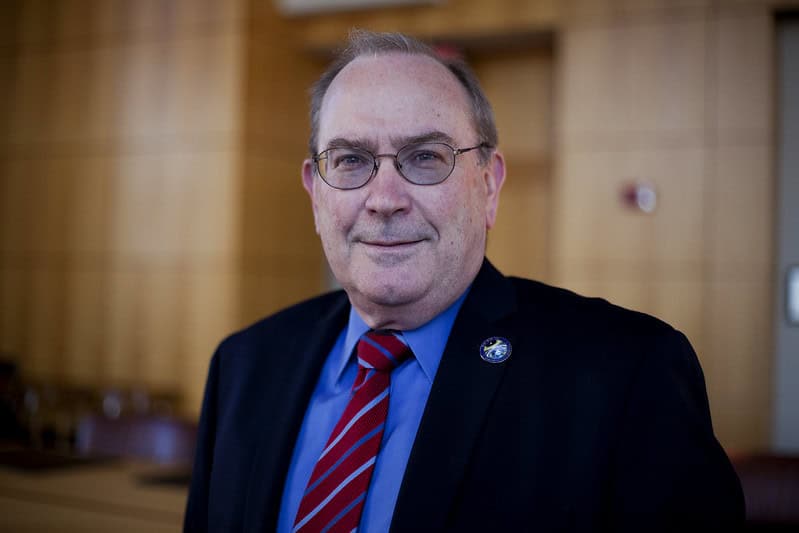
Slavin Named a Fellow of the American Association for the Advancement of Science
Professor James Slavin is among twelve Michigan researchers honored for trailblazing work, as he unravels the mysteries of solar storms.

Professor James Slavin is among twelve Michigan researchers honored for trailblazing work, as he unravels the mysteries of solar storms.
Professor Emeritus James Slavin, Ph.D., has been named a Fellow of the American Association for the Advancement of Science (AAAS). This election to one of the world’s largest general scientific societies is considered a distinguished lifetime honor within the scientific community.
James Slavin is a former department chair and professor emeritus of the U-M Department of Climate and Space Sciences and Engineering, after his retirement in September 2023. He has been honored for his career contributions to space and planetary science, and for exemplary leadership in the profession. He is among three faculty who have been named AAAS Fellows in 2024 from Michigan Engineering, and 12 faculty to receive the honor at the University of Michigan.
“Congratulations to our new fellows of the American Association for the Advancement of Science, recognized leaders in fields that are deeply entwined with basic sciences,” said Steven Ceccio, interim dean for Michigan Engineering. “Their research exemplifies the way that disciplines converge when we get to the heart of many of engineering’s most aspirational problem-solving efforts.”
Slavin’s scientific contributions revolve around describing how the solar wind, a stream of particles from the sun, interact with the planets and help shape their environments. He leads and participates in experimental investigations of magnetic fields and charged particles throughout the Solar System. In doing so, he supports the validation of the new computer models that reflect the way that magnetic energy can concentrate and then explosively release, from solar flares on the sun to magnetic storms in planetary magnetic fields.
Before becoming the chair of the Department of Climate and Space Sciences and Engineering, he was director of the Heliophysics Science Division at NASA Goddard Space Flight Center. Leading roughly 200 scientists and managing the division’s facilities, he helped guide the development of Mars and Mercury orbiters, Earth-based satellites monitoring the solar wind, and instruments for exploring planetary magnetospheres and atmospheres.
As chair of U-M Climate and Space, Slavin supported University of Michigan senior faculty in two major NASA-funded satellite constellation missions employing new measurement technologies: CYGNSS, monitoring hurricanes, and SunRISE, exploring how to predict when and where the sun will fling gobs of plasma in potentially dangerous solar storms.
“I found the oversight and mentoring of students and early-career scientists at NASA and the University of Michigan to be among my rewarding experiences at all of these levels,” said Slavin.
In a tradition dating back to 1874, Fellows are elected annually by the American Association for the Advancement of Science Council. Newly elected Fellows are recognized for their extraordinary achievements at the ceremonial Fellows Forum, a time-honored event at the AAAS Annual Meeting where they are presented with a certificate and blue and gold rosette.